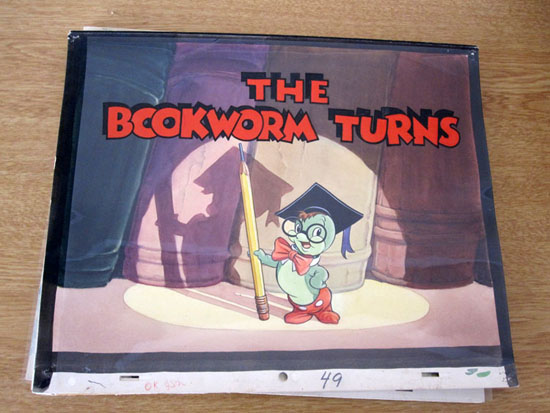
Today, a little gallery of art – courtesy of Mike Van Eaton, animation art dealer extraordinaire – of MGM Cartoon title cards, circa 1939-40. Mike calls me over to the gallery whenever something like this comes his way. This group of originals was acquired a few years ago – and I don’t know if he still has any of these left for sale, but I thank him for allowing me to take these images.
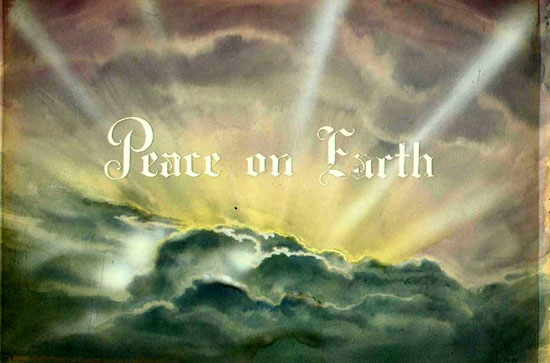
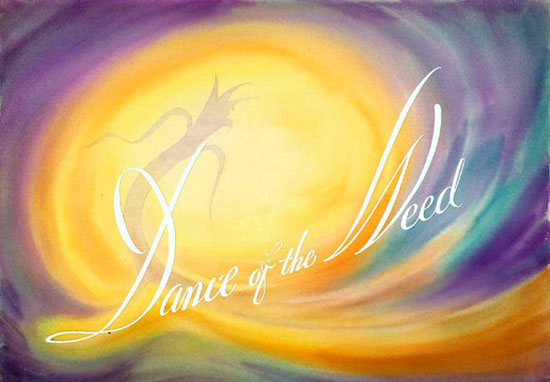
Click the thumbnails below to enlarge. Note the two from The Fishing Bear, the first is the original title, the second created for its 1950s reissue.





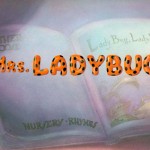




 Jerry Beck is a writer, animation producer, college professor and author of more than 15 books on animation history. He is a former studio exec with Nickelodeon Movies and Disney, and has written for The Hollywood Reporter and Variety. He has curated cartoons for DVD and blu-ray compilations and has lent his expertise to dozens of bonus documentaries and audio commentaries on such. Beck is currently on the faculty of Cal Arts in Valencia, UCLA in Westwood and Woodbury University in Burbank – teaching animation history. More about Jerry Beck [
Jerry Beck is a writer, animation producer, college professor and author of more than 15 books on animation history. He is a former studio exec with Nickelodeon Movies and Disney, and has written for The Hollywood Reporter and Variety. He has curated cartoons for DVD and blu-ray compilations and has lent his expertise to dozens of bonus documentaries and audio commentaries on such. Beck is currently on the faculty of Cal Arts in Valencia, UCLA in Westwood and Woodbury University in Burbank – teaching animation history. More about Jerry Beck [



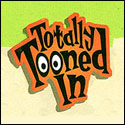



Fascinating display of artwork.I suppose “The Fishing Bear” title card was redone to take advantage of the then brand new Cinemascope wide screen process.
You can see a lot of examples in the post-1953 re-releases of typefaces being updates on MGM cartoons, including the animation credits. Some of the title do look tightened up, to go with the new wider aspect ratio, in the same way Warners and Paramount tightened up their new credits starting in 1954.
Metro probably did a better job than anyone of ‘hiding’ their re-releases via new opening title designs, including new music and even some new under-title animation when required. Though after the studio closed, that quality control went straight in the dumpster, and some of the early TV prints were tacky on an NTA-Paramount level by scratching the word “Technicolor” off the Leo opening card (others received a standard Metro opening card, but minus the Technicolor credit).
The second card for “The Fishing Bear” was likely done for a reissue print. To my knowledge, none of the Barney Bear shorts were remade in CinemaScope.
An excellent post for all us lovers of Harman-Ising art as well as for all those who love hand painted type as was so often used in eanly animation titles. Just Gorgeous stuff to look at.
I wonder if any original prints of the BARNEY BEAR cartoons still survive; I’m not talking about the negatives. I know those were burned up in that imfamous fire, but I wonder if there are still any prints of some of these cartoons that sport the original late 30’s or early 40’s titles. And I’m trying to remember whether there were a few of those titles that actually featured animation and not just a picture of a title card. Some end credits do feature a finale gag or two–my most fondly remembered is “PAPA GETS THE BIRD”, the last of the Hugh Harman THREE BEARS cartoons. Disgusted at how much things are not going his way throughout the cartoon, Papa tosses himself down the well one last time and the big splash occurs under the end credits. The cartoon itself moves so slow, but man, is it lovely to look at. I also wonder how much original art might remain from the HAPPY HARMONIES cartoons (1934-1938).
Though after the studio closed, that quality control went straight in the dumpster, and some of the early TV prints were tacky on an NTA-Paramount level by scratching the word “Technicolor” off the Leo opening card (others received a standard Metro opening card, but minus the Technicolor credit).
Ah, that shaky black bar running horizontally across the screen that blocked out the word “Technicolor.” It wasn’t the most elegant method of removing the offending word, was it?
Well into the 1950s the Technicolor company was very strict about not allowing the word “Technicolor” to be used on prints that weren’t made using the Technicolor process. The film may have been originally shot in Technicolor, but if your TV prints were made up in, say, Eastmancolor, Technicolor contracts required that the word “Technicolor” be removed from those prints. That’s one reason why early-mid ’50s TV prints of Technicolor theatrical cartoons often had their main titles butchered. (The other was that studios typically required TV distributors to remove all studio logos and trademarks.) By the mid-late ’50s Technicolor had lifted this restriction.